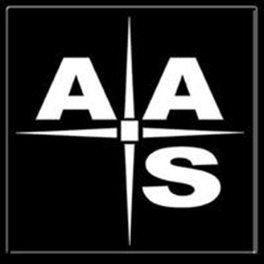AAS announces its 2018 prize winners

The American Astronomical Society (AAS), the major organization of professional astronomers in North America, named the recipients of its 2018 prizes for outstanding achievements in scientific research, instrument development, and writing. Prof. Dr. Kevin Heng won the Chambliss Astronomical Writing Award. This is the ninth time the award has been given out by the AAS.